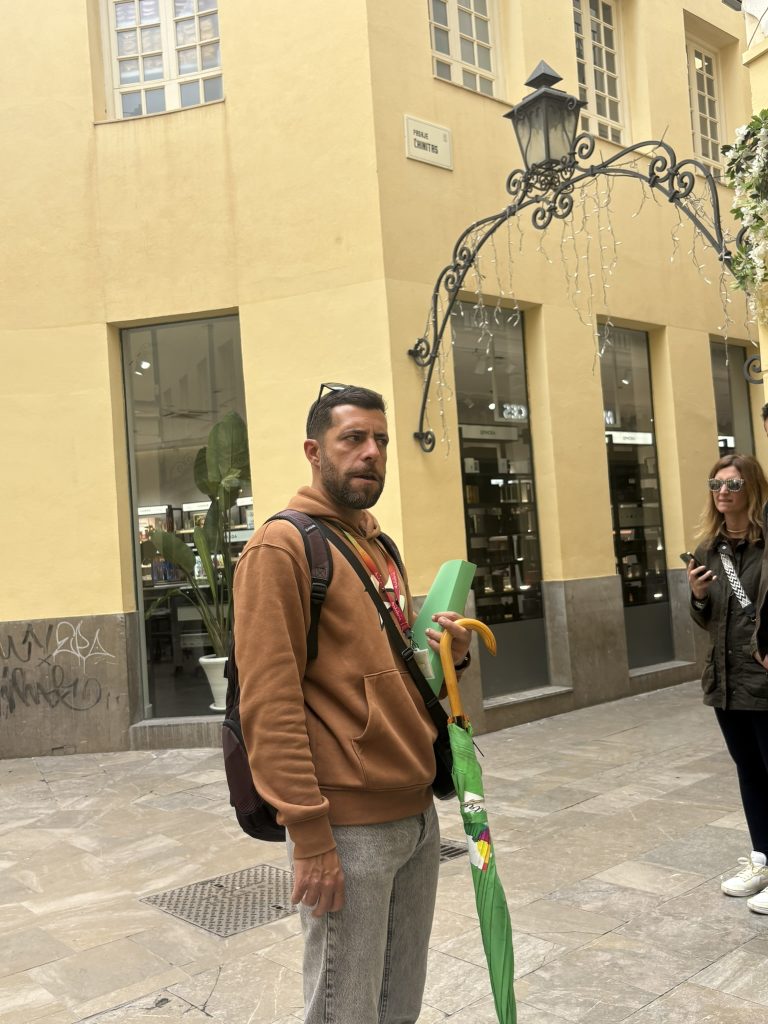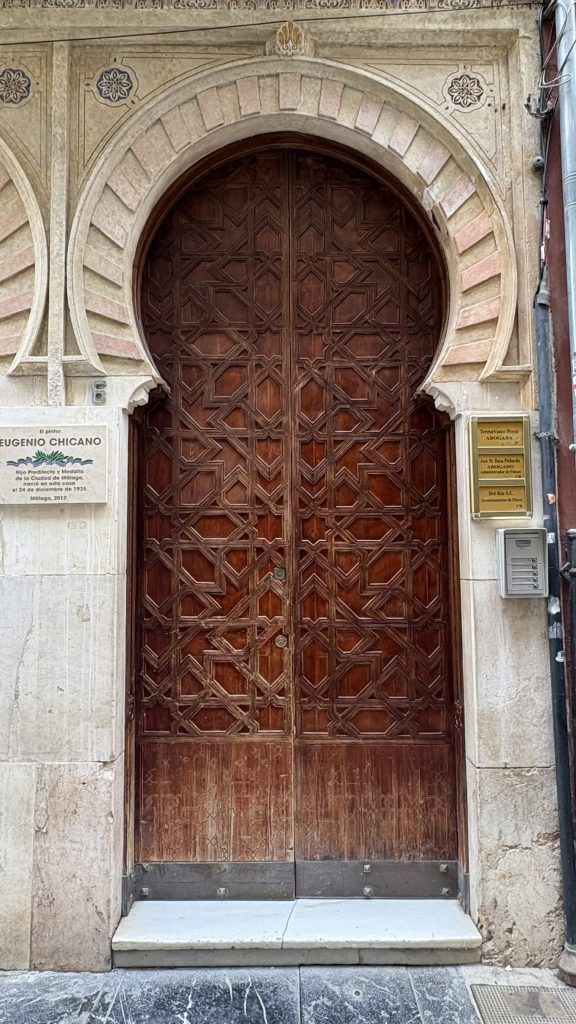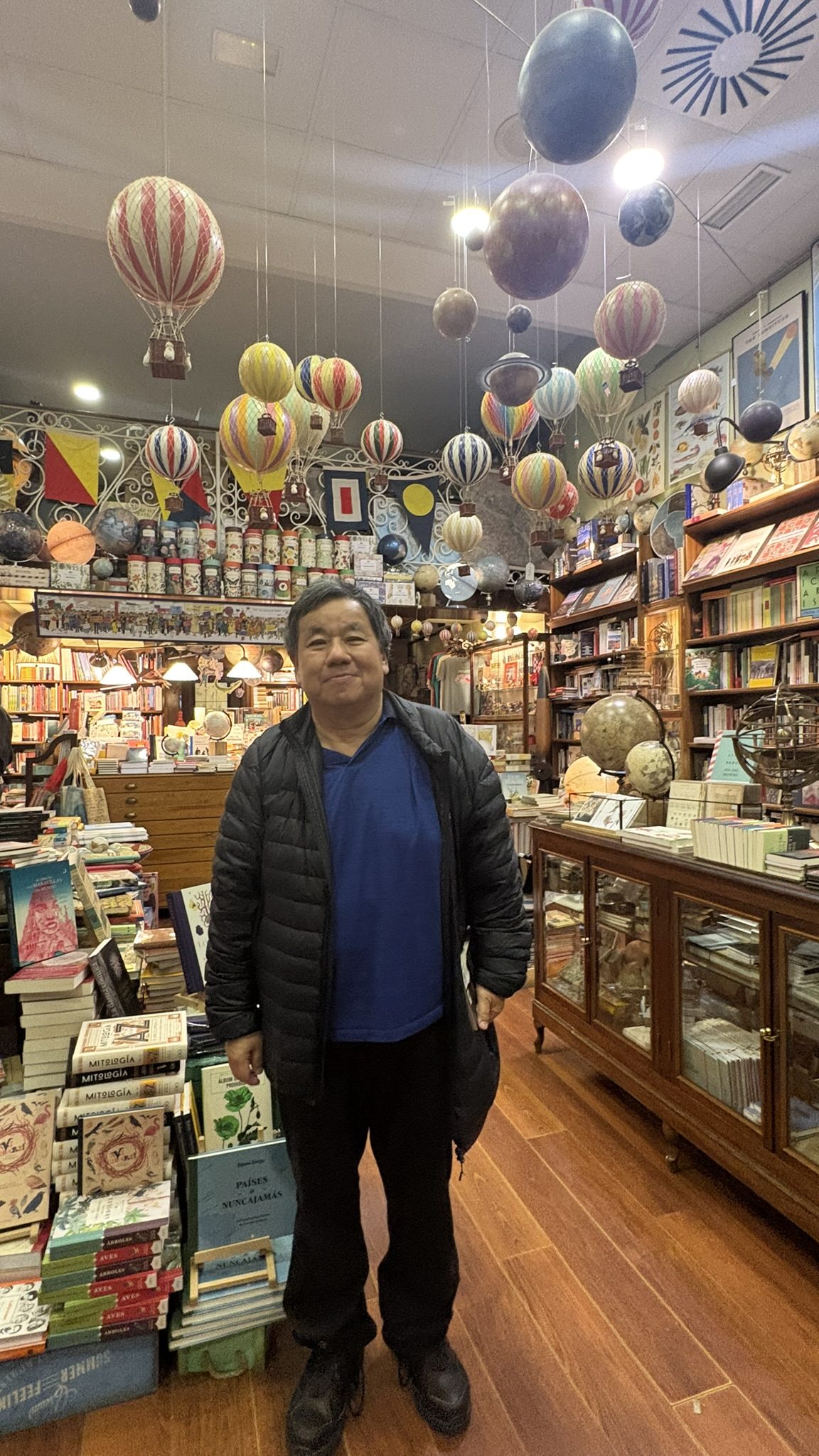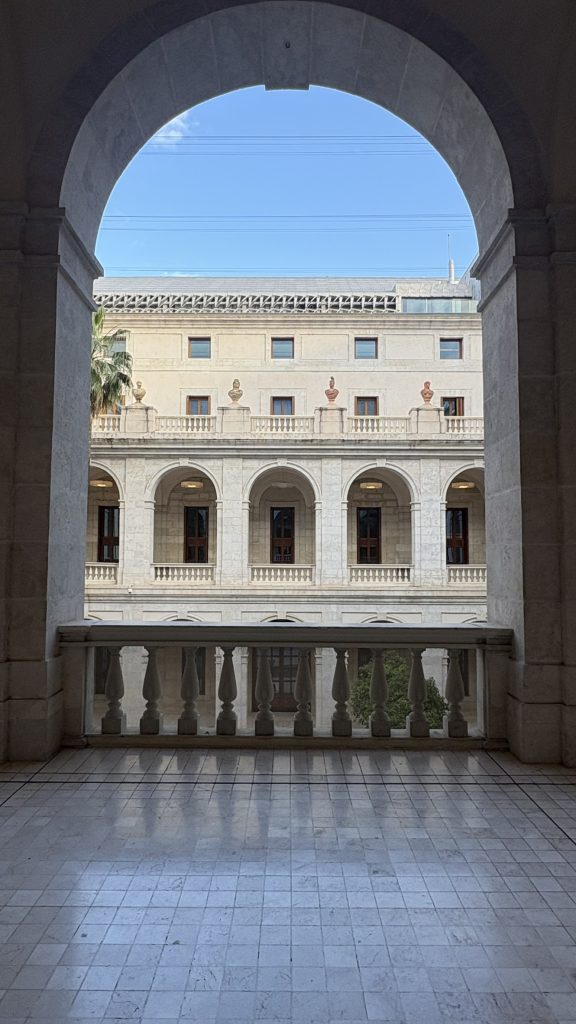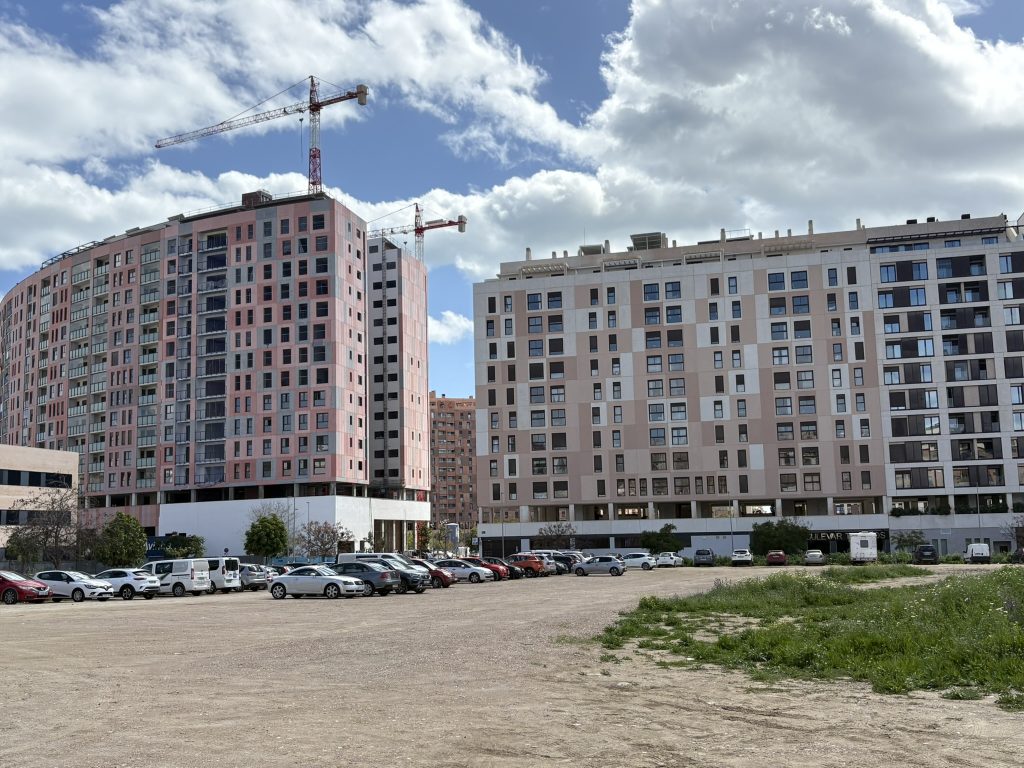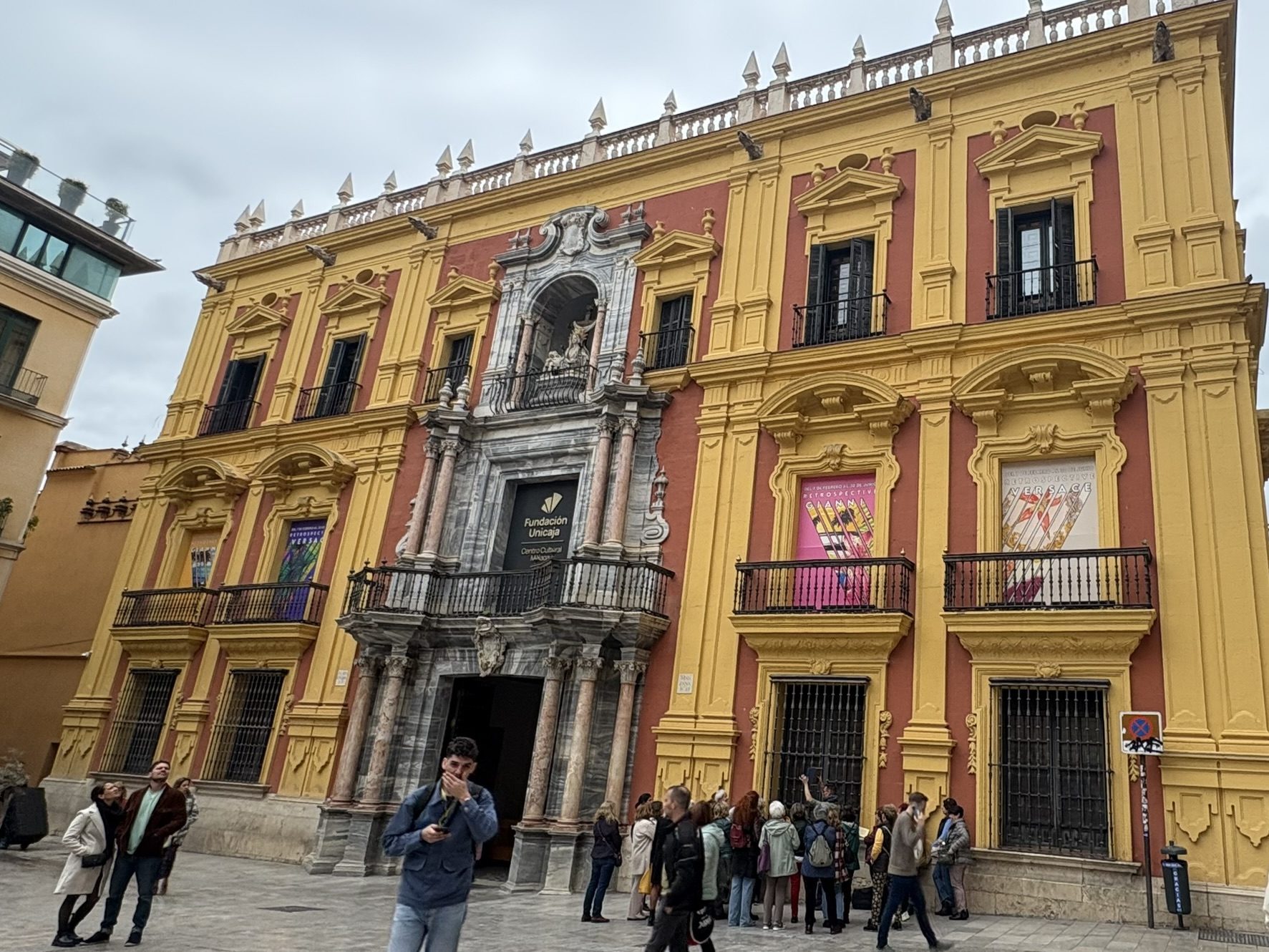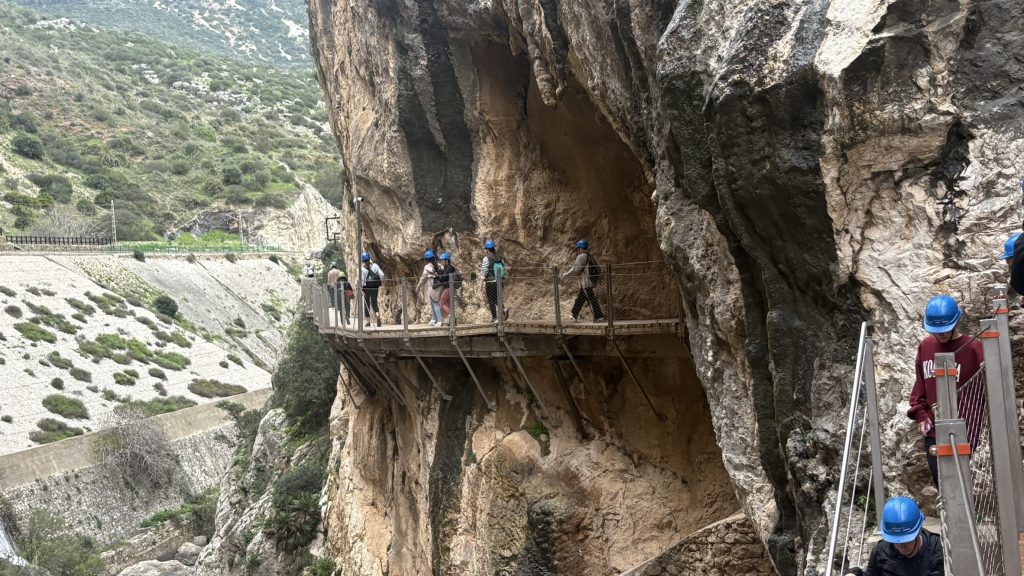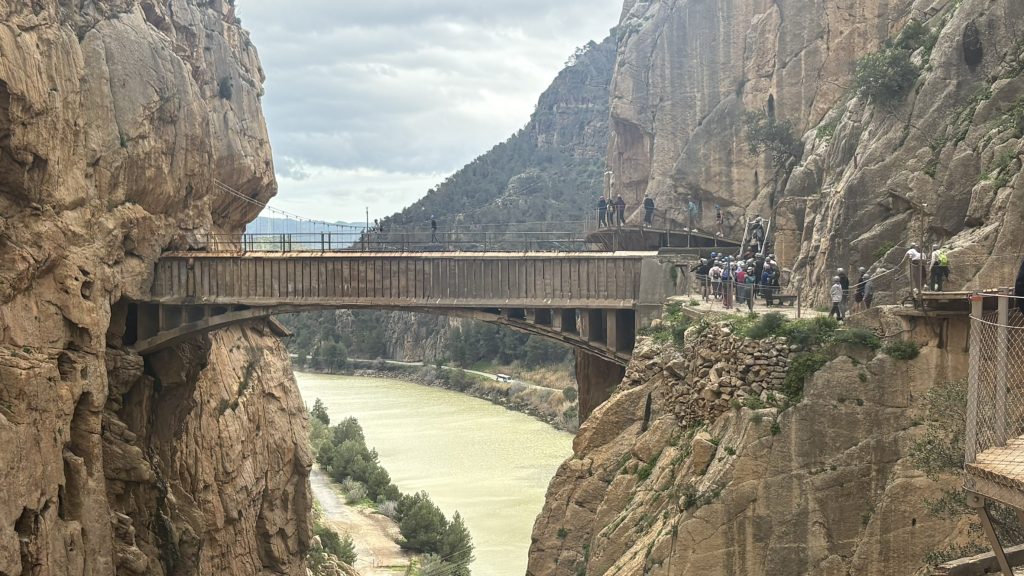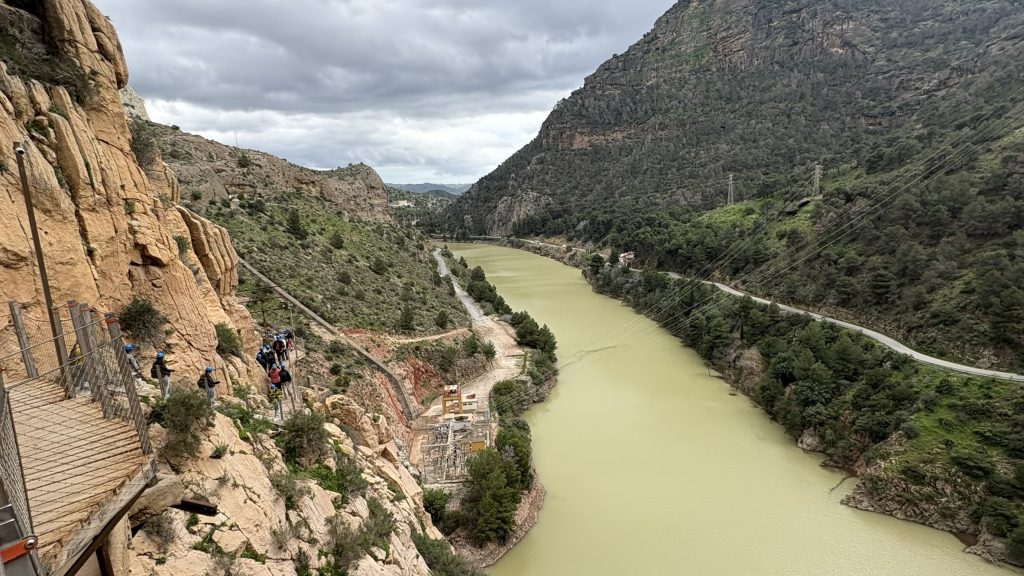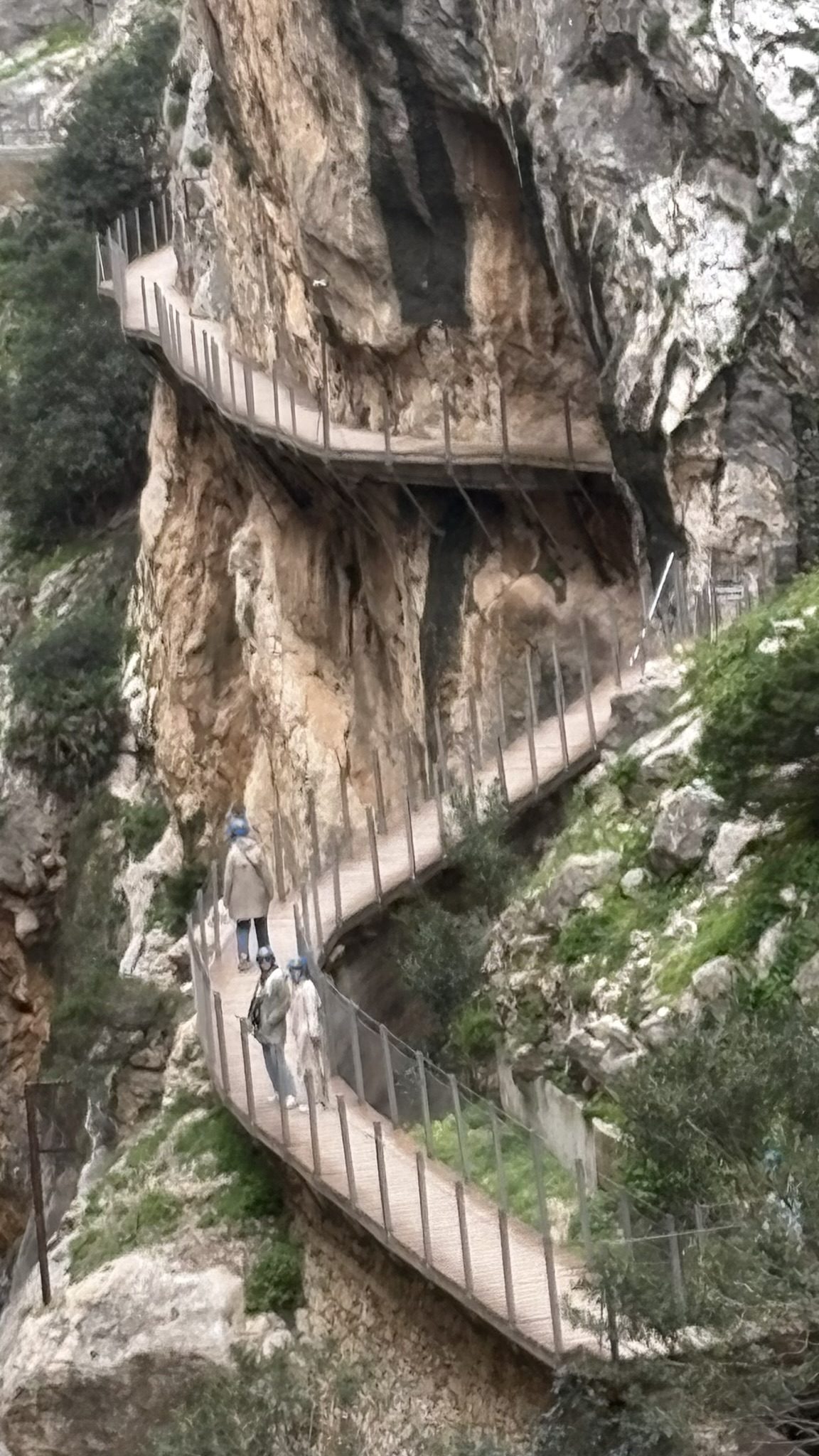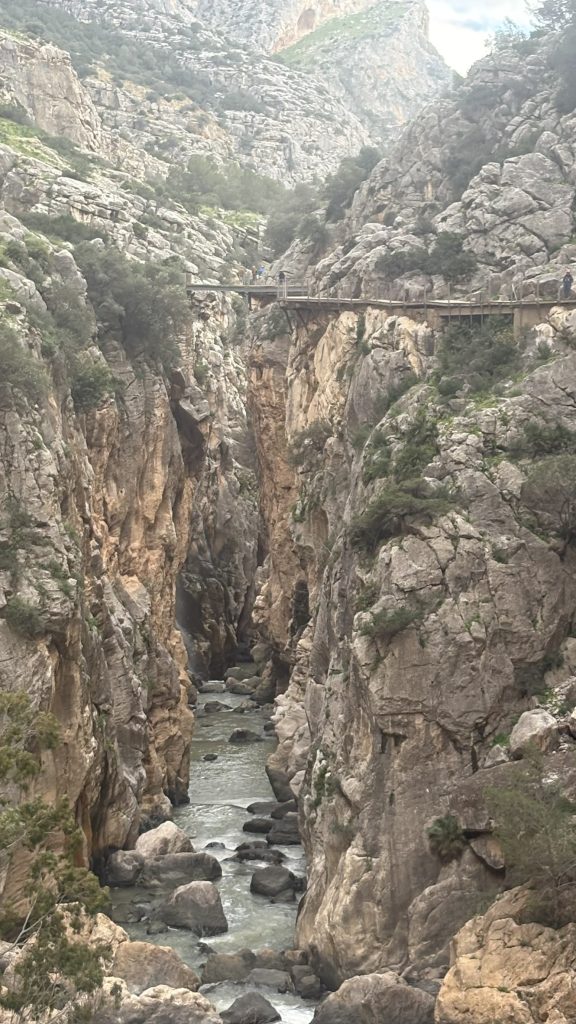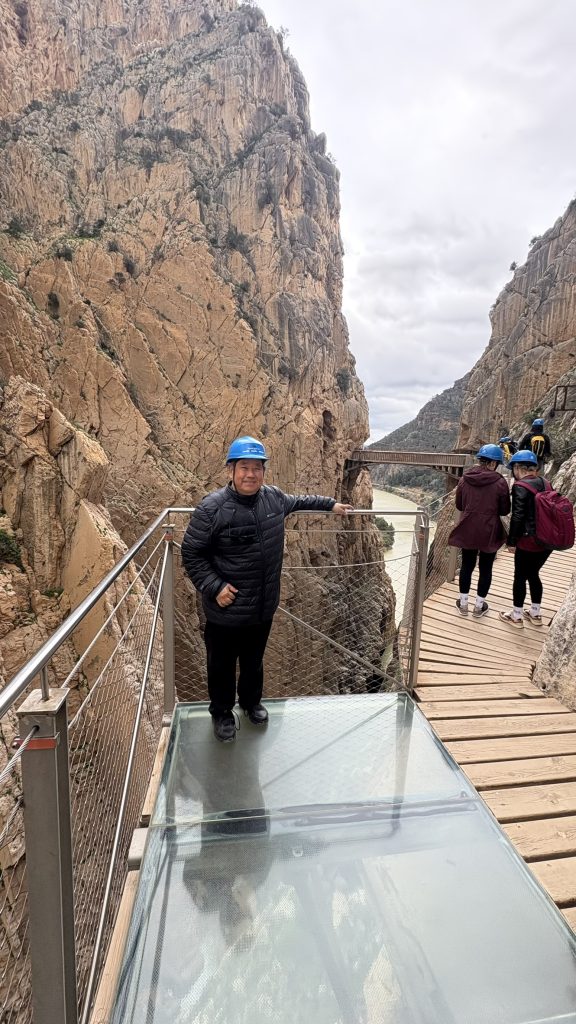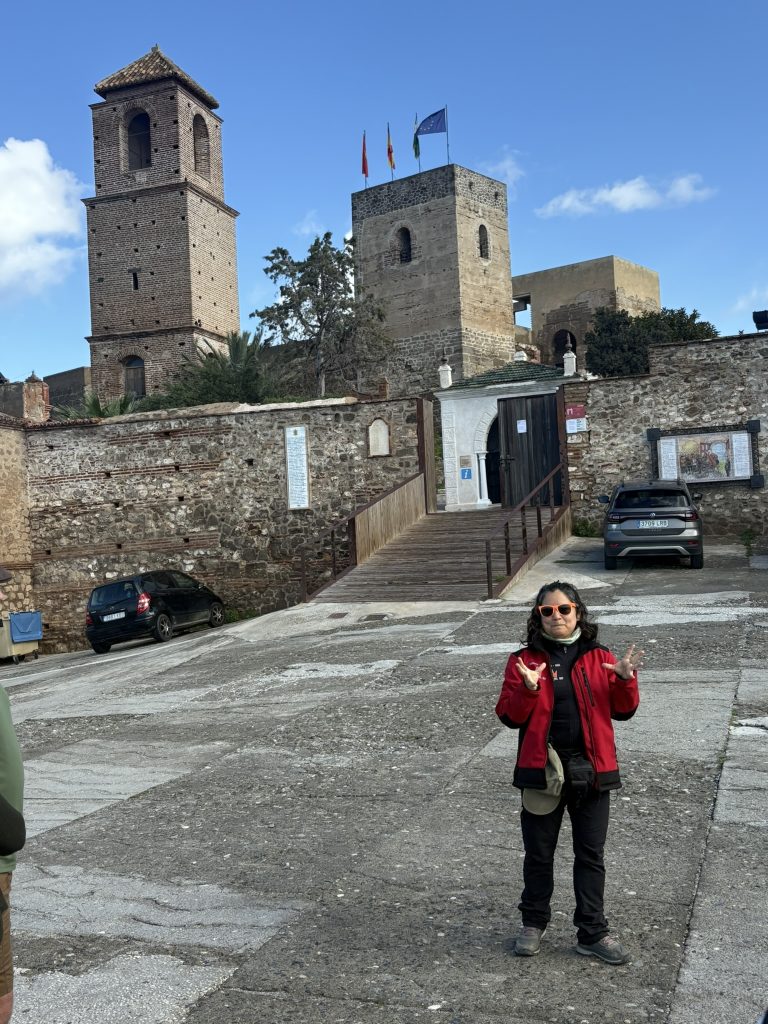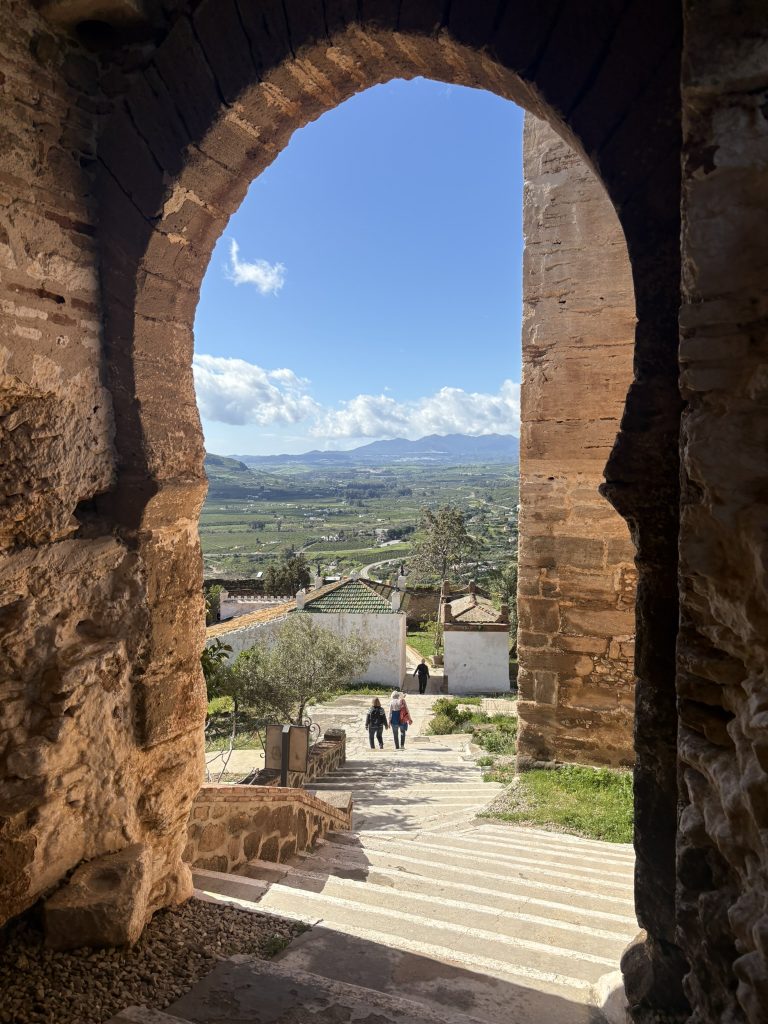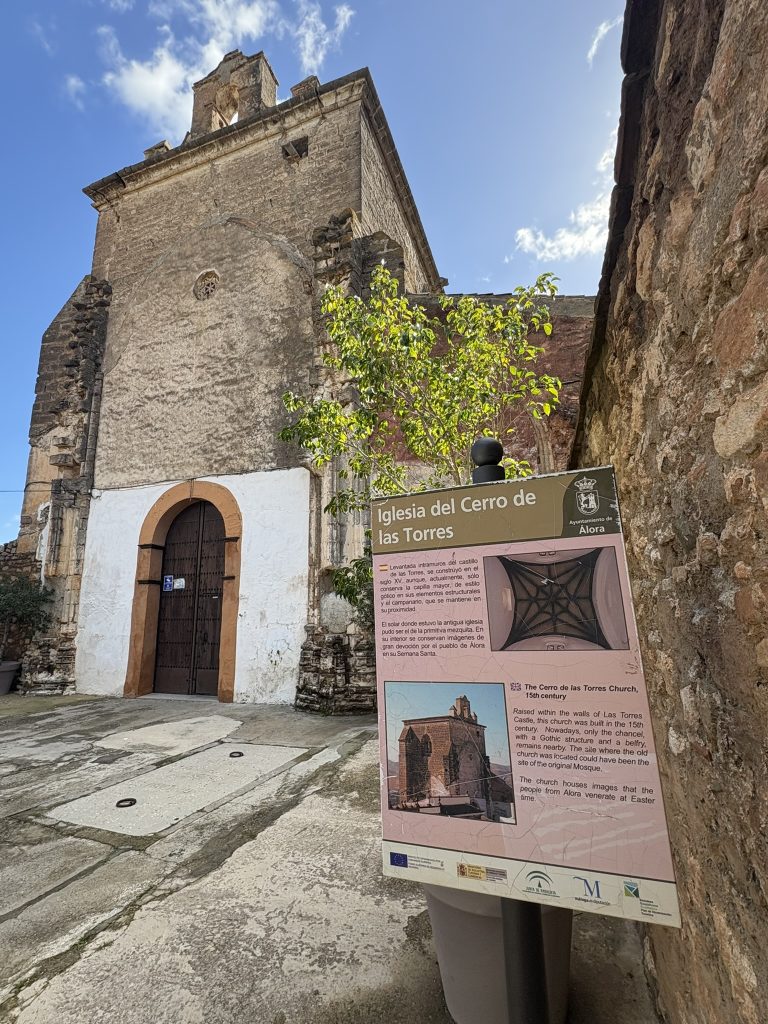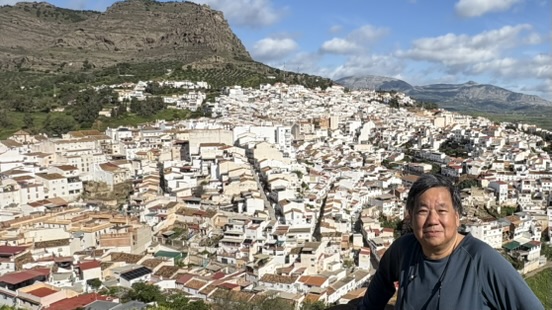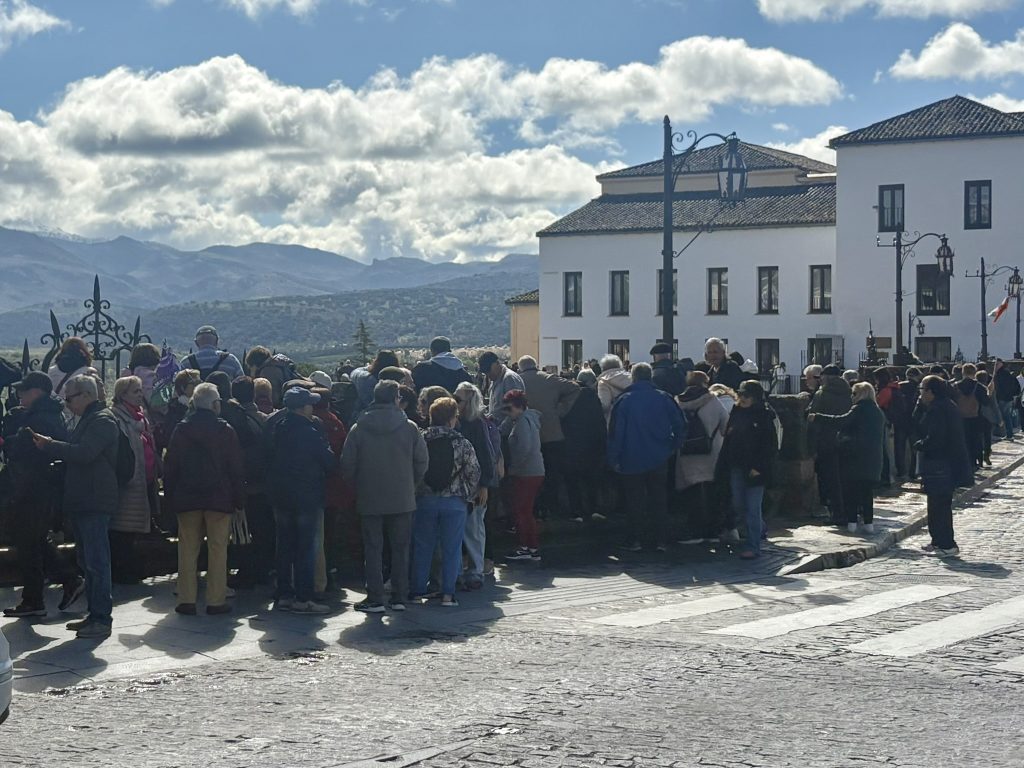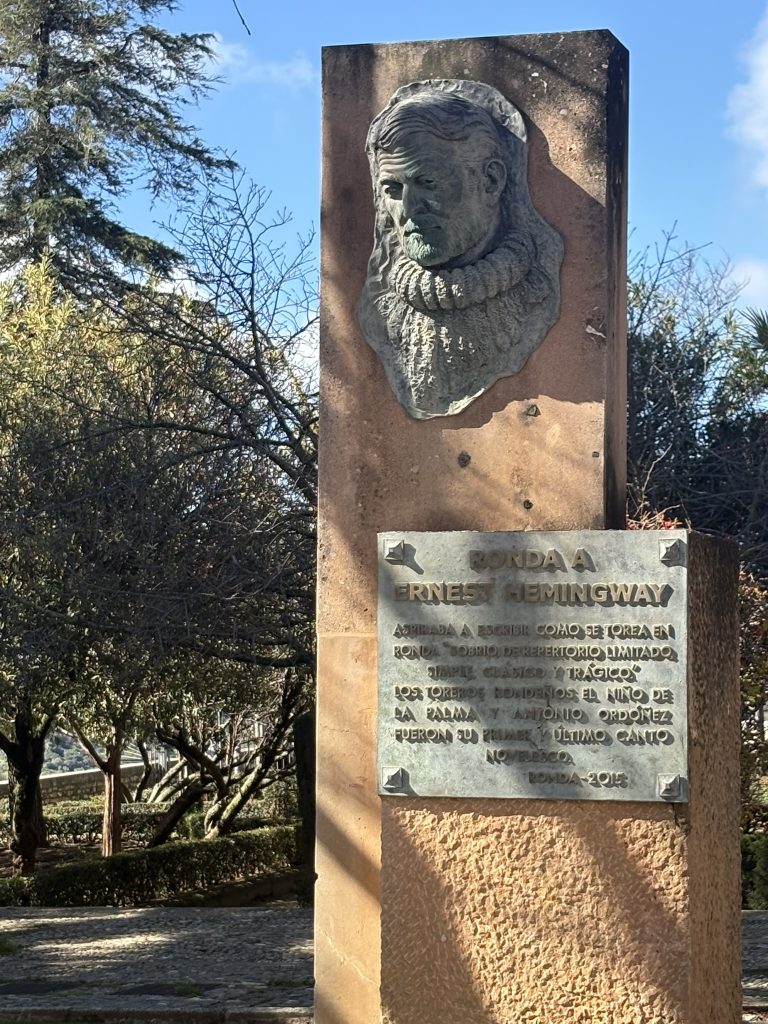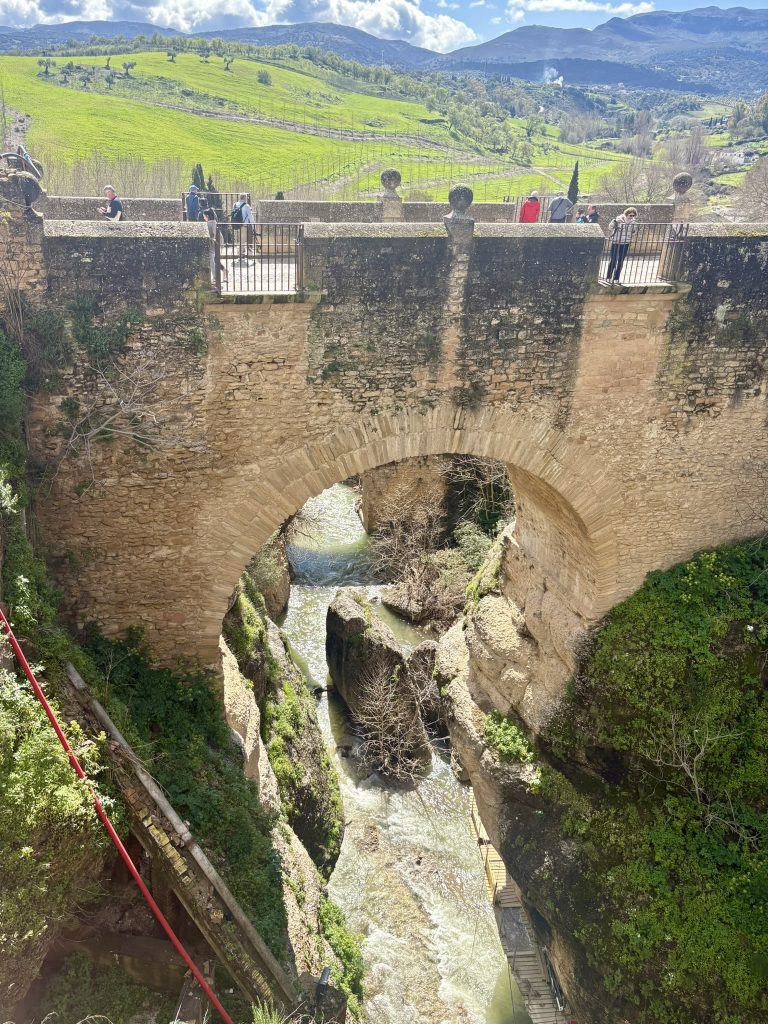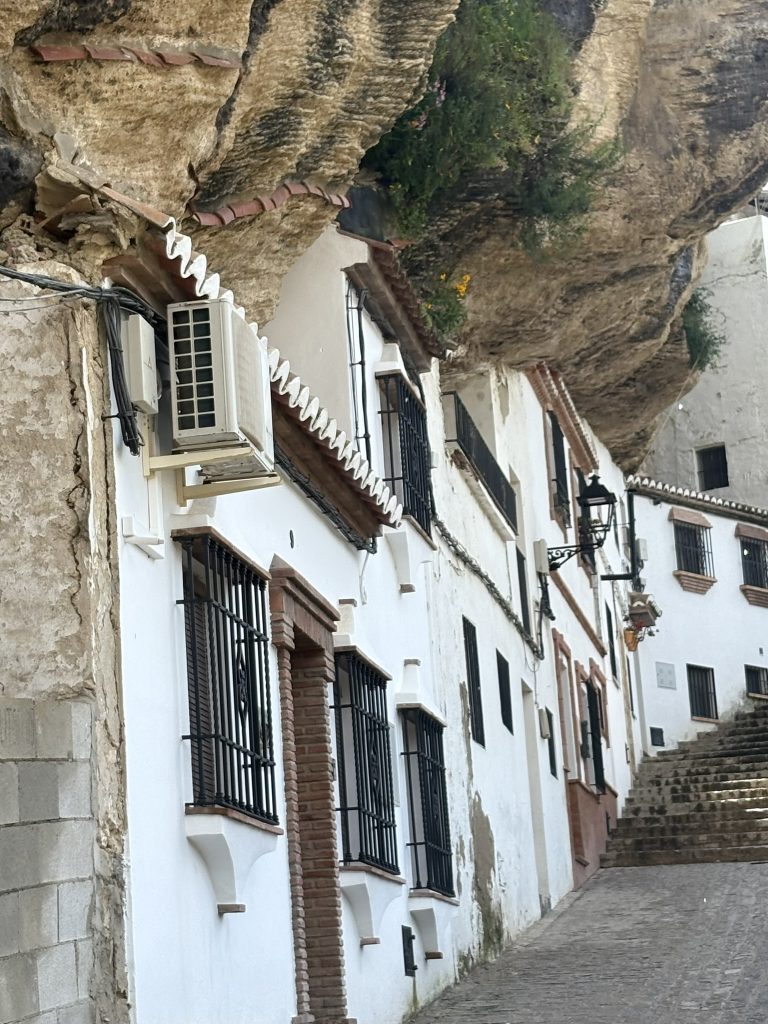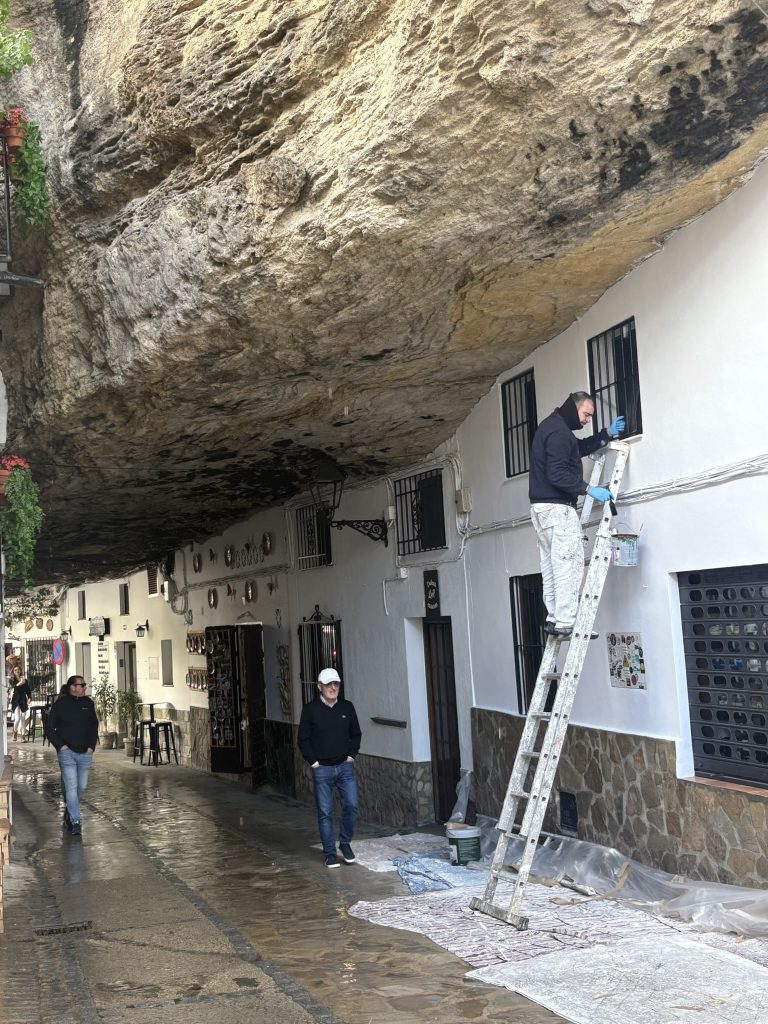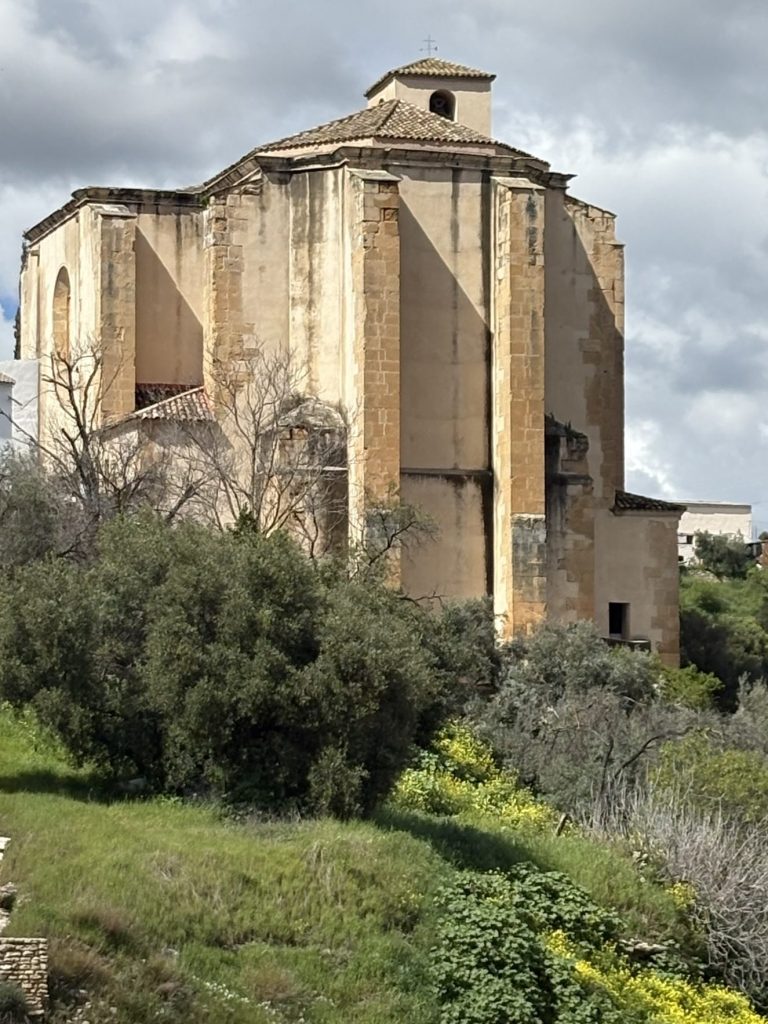In March 2025, I spent six nights in Málaga, using it as a base to explore the Costa del Sol (“the Coast of the Sun”). This video is a collection of photos I took in Málaga while on a “free” walking tour. I had actually been here before—on a day trip during a cruise. So, even though I had technically visited, it was all a blur, and I didn’t remember much—except that I knew I wanted to come back and spend more time here.
Málaga itself is a charming city. Like many old towns in Europe, it is compact and walkable. Of course, it’s also teeming with tourists, but I managed to walk to a couple of areas away from the center to get a better feel for the city.
What I love about cities like Málaga is the walker-friendly design and the good, inexpensive public transportation system. The highlight of the week was definitely the Caminito del Rey hike. Although I’m not a fan of heights, the government did an excellent job rehabilitating the trail to make it safe for ordinary hikers.
An interesting and unplanned outing was attending an early morning mass at the cathedral. I had intended to pay to check out the interior, but the church was closed during the service. So, I saved myself €12 and entered the nave to join about twenty worshippers and six priests. The sermon was in Spanish, but I was able to catch part of it with Google Translate. The priest seemed to be admonishing the believers about something. I thought it was symbolic that a mass only managed to gather twenty people, while thousands would probably pay and enter later in the day.
I hiked the famous Caminito del Rey in Spain—once known as the most dangerous hike in the world. The original trail was constructed between 1901 and 1905 to provide a maintenance and access path for workers at the nearby hydroelectric power plants at Chorro Falls and Gaitanejo Falls in the El Chorro gorge. According to the guide, the trail was left unmaintained for years, and in 2000, tragedy struck when three hikers fell to their deaths. The government then closed the trail and spent 15 years repairing old sections and constructing new ones to make it safe for the general public.
The trail offers breathtaking views and dizzying heights that photographs simply can’t capture. Walking along narrow wooden walkways clinging to sheer cliffs, I could only imagine how dangerous it must have been before the renovations. Nowadays, one of the dangers is fallen tree branches and loose rocks, hence the stylish helmets.
Before the Caminito del Rey hike, we spent some time exploring the hill-top town Álora. We climbed a small hill to a 10th century Moorish Castle for a panoramic view of the Guadalhorce valley and the white-washed houses of the town. The castle was erected originally by the Phoenicians, expanded by the Romans, and later rebuilt and fortified by the Moors (Muslims) during the 8th–10th centuries.
One of the reasons why there are so many white-washed houses in southern Spain is because the oppressive heat in the summer when temperature reaches as high as 40C.
As part of this day trip, we had a delicious tapas lunch at one of the local restaurants. I sat with three travelers from Romania who ended up in this part of the world after missing their connecting flights to Australia—twice. Rather than stressing out, they decided to enjoy the unexpected side trip.
I don’t know why, but Ronda is one of those places I know I’ll visit one day. Looking up at the 100-metre Puente Nuevo (“New Bridge,” completed in 1793) is awe-inspiring. The two older bridges, Puente Viejo (built in 1616) and Puente Romano (dating back to the 1st century), may be smaller, but they are equally stunning. The Romans definitely knew how to build things that last!
Ronda is also home to the Plaza de Toros, one of Spain’s oldest bullrings and the birthplace of modern bullfighting. Personally, I’m not a fan of bullfighting, so instead of touring the ring, I opted for lunch on a terrace that overlooks it.
After visiting Ronda, our tour took us to Setenil de las Bodegas, a whitewashed town famous for its houses, cafés, and shops built directly into the cliffs, tucked beneath massive rock overhangs.
The name Setenil likely comes from the Latin phrase “septem nihil“, which means “seven times nothing”. This refers to the legend that the town resisted Christian forces seven times during the Reconquista before finally falling in 1484. “de las Bodegas” translates to “of the wineries”, that part of the name was probably added later.
Although this was part of the day tour that started at Ronda, our tour guide told us the company hadn’t been able to secure a license for him to give a guided tour of the town. Instead, he informed us that he would be going for a walk through the town and just happened to be stopping at a few interesting sites—we were welcome to follow him, but we shouldn’t expect any commentary. Setenil de las Bodegas isn’t as big as Ronda, and I can understand why the locals might be reluctant to make it too easy for tourists to invade their space. All in all, it was a bit odd, but it worked out.
Related Sites
- For day trips to Caminito del Rey and Ronda, I used GetYourGuide. The prices were reasonable, the tours well designed, and the guides knowledgeable.
- For the “free” walking tour, I used GuruWalk. I have used this app numerous times and the local guides are generally excellent. Remember they work for tips!
- If you’re only there for a couple of days, I would recommend staying in the Old Town, where you can walk to almost all the attractions. If you’re staying longer, a place near a subway station would be fine. I booked Apartment March 19 through Hotels.ca. It’s not a hotel with no service and limited amenities, but the location is excellent and rate is reasonable. It also came with a kitchenette.
- For guidebooks, I consulted Lonely Planet Spain and Malaga Travel Guide 2025: Malaga the sun-kissed Gem of Andalusia.

